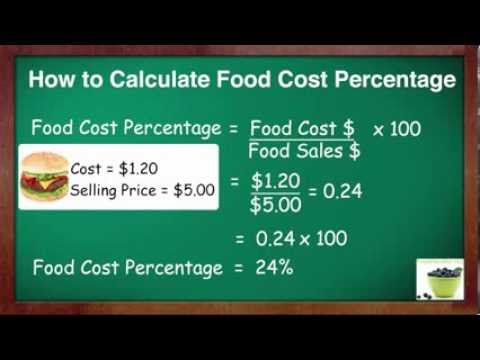How to calculate period cost

Period costs are indirect expenses that cannot be traced to a specific product or production unit. These costs are not allocated to inventory and are charged as expenses in the accounting period they were incurred. Period costs can include advertising, research and development, salary expenses of administrative staff, office rent, office supplies, and utilities. Understanding how to calculate period cost is crucial for accurate financial reporting and making informed managerial decisions.
In this article, we will explore the steps involved in calculating period cost for any given accounting period.
Step 1: Identifying Period Costs
Period costs can be broadly categorized into selling expenses and general & administrative (G&A) expenses.
1. Selling Expenses: These involve expenses incurred for promoting or selling a product or service. Some common examples include sales commission, advertising, promotional materials, and shipping costs.
2. General & Administrative Expenses (G&A): These consist of expenses associated with the overall administration and management of an organization, such as salaries of administrative staff, rent for the office space, utilities, insurance premiums, legal fees, consulting fees, stationery supplies, and depreciation on office equipment.
Step 2: Organize Financial Data
Once you have identified the period costs within your organization’s expenses, it’s essential to organize these financial data for accurate calculations. You can do this by:
1. Gathering information on all period costs from your company’s general ledger.
2. Categorizing these costs according to their types (selling expenses or G&A).
3. Summing up the total cost incurred under each category.
Step 3: Calculate Total Period Cost
Now that you have aggregated all period cost-related data under each category or account line item begin calculating the total sum for each category:
Total Selling Expenses = Sum of all selling-related costs
Total G&A Expenses = Sum of all G&A-related costs
Finally, calculate the total period cost by adding the total selling expenses and total G&A expenses:
Total Period Cost = Total Selling Expenses + Total G&A Expenses
Step 4: Analyzing and Reporting Period Cost Results
Once you have calculated the total period cost, it is essential to analyze these results and report them in your financial statements under the income statement. This analysis will help determine the efficiency of your organization’s operations, make informed decisions on expense reduction, and monitor resource allocation.
Some key ways to analyze period cost include:
1. Comparing period costs with previous accounting periods to identify any significant changes or trends.
2. Calculating period cost ratios, such as period cost as a percentage of sales or total expenses, to provide insights into how these indirect costs impact your organization’s performance.
3. Identifying patterns of seasonality or fluctuations in specific costs that could indicate areas for improvement in the company’s budgeting process.
In conclusion, understanding and calculating period cost is an essential aspect of financial management that helps organizations accurately report expenses, monitor resource allocation, and make informed decisions. By identifying all relevant costs, organizing financial data, calculating the total period cost, and analyzing its impacts, you can enhance your organization’s financial efficiency and ensure its long-term success.






